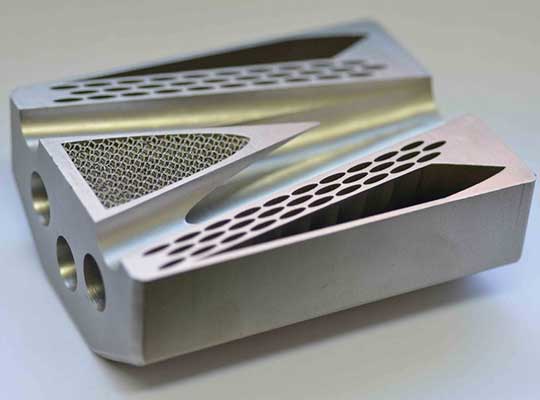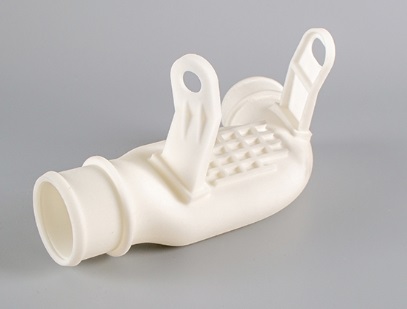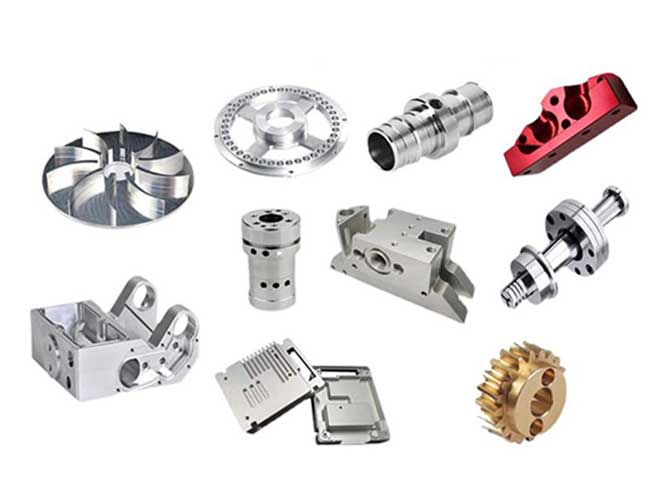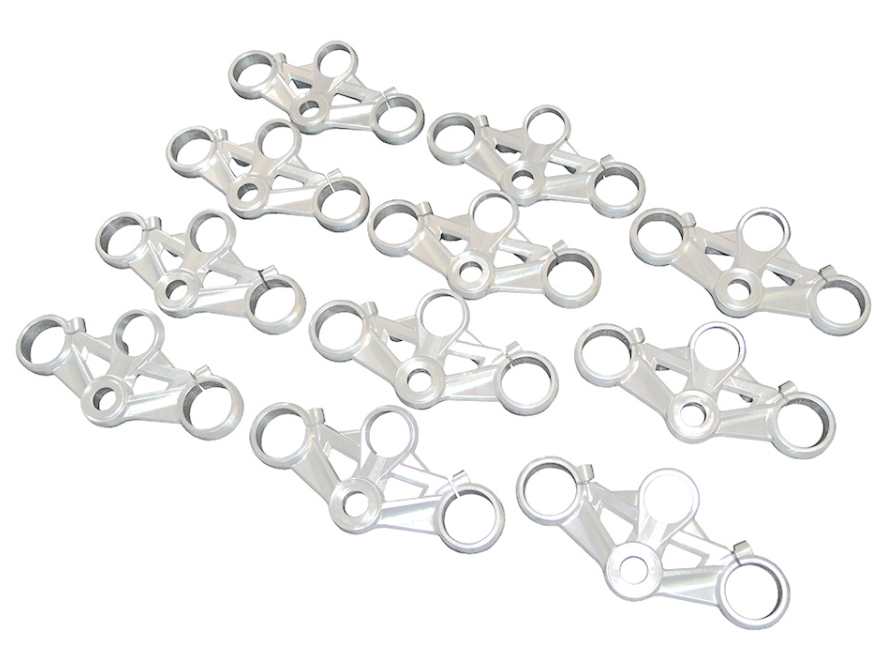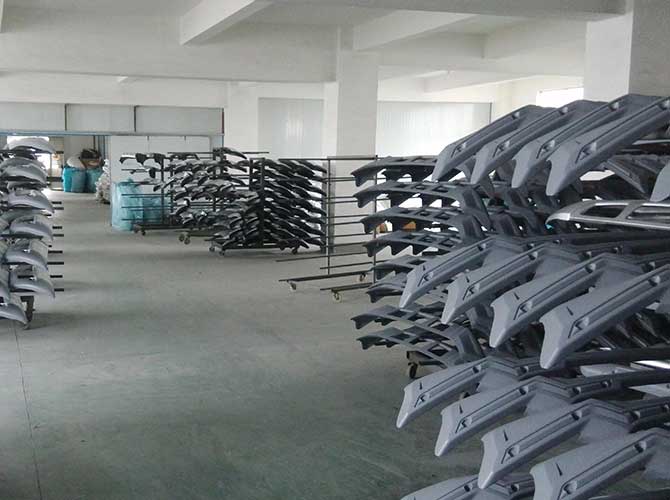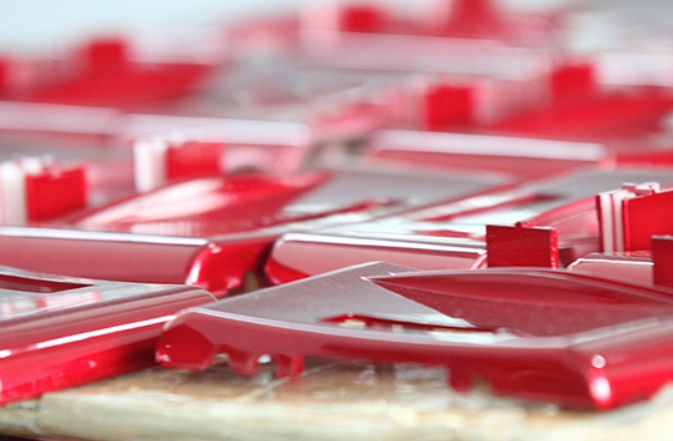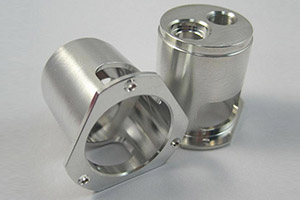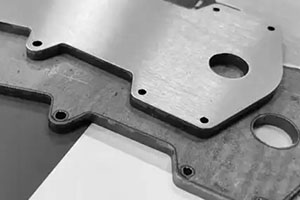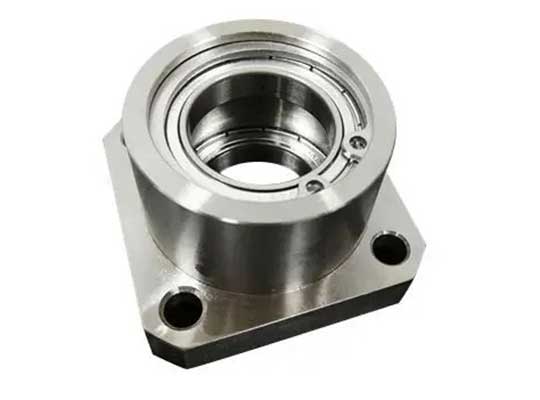In the world of manufacturing, precision is non-negotiable. Whether you’re producing critical medical devices, high-performance automotive parts, or intricate electronics components, even the smallest deviation from specifications can lead to product failures, increased costs, and damaged reputations. Di sinilah precision injection mold technology becomes a game-changer. Walau bagaimanapun, many manufacturers struggle with achieving consistent dimensional accuracy, managing material waste, balancing cost and quality, and navigating the complex landscape of mold design and maintenance. Dalam panduan komprehensif ini, we’ll address these pain points and explore every aspect of precision injection molding to help you master this essential manufacturing process.
Understanding Precision Injection Molding Technology
At the core of high-quality plastic parts production lies Precision Injection Molding Technology — a sophisticated process that combines advanced machinery, cutting-edge software, and expert craftsmanship. Unlike conventional injection molding, which focuses on basic shape replication, precision injection molding demands tight tolerances, often as low as ±0.0005 inches, to meet the strict requirements of modern industries.
Key Components of Precision Molding Systems
- Injection Molding Machines: These specialized machines are engineered to deliver precise control over pressure, kelajuan, and temperature. Modern precision machines feature closed-loop feedback systems that adjust parameters in real-time to maintain consistency.
- Reka bentuk bantuan komputer (CAD) and Computer-Aided Manufacturing (CAM): CAD software allows engineers to create detailed 3D models of both the part and the mold, while CAM systems translate these designs into machine-readable code for precise mold fabrication.
- Mold Cooling Systems: Efficient cooling is critical for reducing cycle times and ensuring dimensional stability. Precision molds incorporate strategically placed cooling channels that 均匀 distribute coolant, preventing warpage and ensuring uniform part shrinkage.
- Injection Speed Control and Mold Temperature Control: These interconnected systems work together to optimize the flow of molten plastic into the mold cavity. By precisely regulating injection speed and mold temperature, manufacturers can minimize defects like sink marks, flash, and air traps.
Applications of Precision Injection Molds Across Industries
The versatility of precision injection molds makes them indispensable across a wide range of sectors, each with its unique set of requirements and challenges.
| Industri | Aplikasi utama | Critical Requirements |
| Peranti perubatan | Surgical instruments, diagnostic components, drug delivery systems | Biocompatibility, sterility, tight tolerances |
| Automotif | Sensor housings, fuel system components, interior trim | Heat resistance, ketahanan, keberkesanan kos |
| Elektronik | Connector parts, microchips, display components | Dimensional accuracy, electrical insulation |
| Aeroangkasa | Avionics enclosures, structural components | Lightweight materials, high strength-to-weight ratio |
| Barang pengguna | Optical lenses, precision gears, cosmetic packaging | Aesthetic appeal, consistent performance |
In the medical industry, contohnya, precision injection molds must produce parts that meet rigorous regulatory standards, including ISO 13485. Similarly, aerospace applications demand molds that can handle high-performance materials like PEEK (Polyether Ether Ketone) while maintaining tight tolerances to ensure safety and reliability.
Materials for Precision Injection Molds: Choosing the Right Foundation
The success of a precision injection molding project hinges on selecting the appropriate materials for precision injection molds and the plastic resins they’ll shape.
Mold Materials
- Steel Grades: High-grade tool steels like H13 and S7 are popular choices for precision molds due to their excellent wear resistance, thermal conductivity, and ability to hold tight tolerances.
- Aluminum Alloys: For lower-volume production or prototyping, aluminum molds offer faster cooling times and reduced tooling costs, though they have a shorter lifespan compared to steel.
Plastic Resins
- Polikarbonat: Known for its clarity and impact resistance, making it ideal for optical lenses and medical devices.
- Mengintip (Polyether Ether Ketone): A high-performance polymer with exceptional heat and chemical resistance, suitable for aerospace and medical applications.
- Abs (Acrylonitrile butadiene styrene): Offers a balance of strength, ketangguhan, and machinability, commonly used in electronics and consumer goods.
- Nylon: Provides excellent wear resistance and lubricity, making it a top choice for gears and mechanical components.
The selection of materials directly impacts mold performance, part quality, and production costs. Contohnya, using PTFE (Teflon) requires specialized mold designs to handle its high melt viscosity and low friction properties.
Quality Control in Precision Injection Molding: Ensuring Consistency
Maintaining consistent quality in precision injection molding requires a systematic approach to Quality Control in Precision Injection Molding.
Essential Quality Control Measures
- Dimensional Accuracy: Using coordinate measuring machines (CMMs) and optical comparators to verify that parts meet specified tolerances. Statistical Process Control (SPC) is employed to monitor production processes and detect variations before they result in defects.
- Surface Finish Inspection: Techniques like visual inspection, profilometry, and microscopy ensure that parts have the required surface texture, which is critical for both aesthetic and functional purposes.
- Defect Detection: Advanced imaging systems and automated inspection tools identify common defects such as voids, gelembung, and warpage. Non-Destructive Testing (Ndt) methods like ultrasonic testing are used for critical applications where internal defects could compromise performance.
- Adherence to Standards: Compliance with ISO Standards, such as ISO 9001:2015, ensures that quality management systems are in place to consistently deliver high-quality products.
Implementing robust quality assurance protocols can reduce scrap rates by up to 30%, significantly improving overall production efficiency.
Design Considerations for Precision Injection Molds: The Blueprint for Success
Effective Design Considerations for Precision Injection Molds are the foundation of a successful project. A well-designed mold not only produces high-quality parts but also minimizes production issues and reduces costs.
Key Design Elements
- Mold Flow Analysis: Using software tools to simulate the flow of molten plastic through the mold, helping engineers optimize gate placement, runner systems, and cooling channels.
- Gate Design and Runner Systems: The location and type of gate directly affect part quality. Precision molds often use hot runners to minimize material waste and improve consistency.
- Ejector Pins and Parting Lines: Strategic placement of ejector pins prevents part damage during removal, while well-designed parting lines ensure clean, precise edges.
- Undercuts and Cores: These features require careful design to avoid mold complexity and ensure parts can be easily ejected.
- Draft Angles and Wall Thickness: Proper draft angles facilitate part ejection, while uniform wall thickness prevents warpage and ensures consistent cooling.
Investing time in mold flow analysis early in the design phase can reduce tooling modifications by up to 40%, saving both time and money.
Maintenance and Repair of Precision Injection Molds: Extending Lifespan
A precision injection mold represents a significant investment, making Maintenance and Repair of Precision Injection Molds essential for protecting that investment and ensuring consistent performance.
Preventive Maintenance Practices
- Regular Mold Cleaning: Removing residual plastic, Serpihan, and contaminants prevents buildup that can affect part quality and cause mold damage.
- Corrosion Prevention: Applying protective coatings and using proper storage techniques to prevent rust and corrosion, especially in humid environments.
- Mold Lubrication: Regular lubrication of moving parts reduces friction and wear, extending the mold’s lifespan.
- Spare Parts Management: Maintaining an inventory of critical spare parts minimizes downtime in case of unexpected failures.
When repairs are necessary, using proven mold repair techniques ensures that the mold returns to its original precision specifications. Implementing a preventive maintenance program can extend mold life by 50% atau lebih, significantly reducing long-term costs.
Environmental Impact of Precision Injection Molding: Balancing Performance and Sustainability
As sustainability becomes increasingly important, addressing the Environmental Impact of Precision Injection Molding is no longer optional but a business necessity.
Sustainable Practices in Precision Molding
- Energy Consumption Optimization: Using energy-efficient injection molding machines and optimizing cycle times to reduce energy usage.
- Waste Management and Recycling of Materials: Implementing closed-loop systems to reuse scrap plastic and reduce material waste. Many precision molders now achieve material utilization rates of 95% or higher.
- Emission Control: Investing in advanced filtration systems to reduce volatile organic compound (VOC) emissions.
- Eco-Friendly Materials: Incorporating biodegradable polymers and recycled materials into production processes where possible.
By adopting these practices, manufacturers can reduce their carbon footprint while maintaining the precision and quality their customers demand.
Cost and Efficiency in Precision Injection Molding: Maximizing Value
Balancing Cost and Efficiency in Precision Injection Molding is a constant challenge, but with the right strategies, manufacturers can achieve both high quality and cost-effectiveness.
Cost Reduction Strategies
- Cycle Time Optimization: Reducing the time per production cycle through improved cooling systems and process parameters can increase output by 20-30%.
- Material Utilization: Minimizing waste through efficient runner design and recycling programs reduces material costs.
- Labor Costs: Automating repetitive tasks with robotics and advanced control systems reduces labor requirements and improves consistency.
- Tooling Costs: Investing in high-quality molds may have a higher upfront cost but reduces long-term expenses through extended lifespan and fewer repairs.
Calculating the return on investment (ROI) for precision injection molding projects requires considering not just initial costs but also long-term benefits such as improved quality, reduced scrap, and increased production efficiency.
Yigu Technology’s Perspective on Precision Injection Molding
Sebagai pembekal prototaip pesat terkemuka, Yigu Technology recognizes that precision injection molds are vital for bridging prototyping and mass production. Our rapid prototyping services complement precision molding by enabling fast validation of mold designs, reducing time-to-market. We’ve seen how combining accurate prototypes with Precision Mold Technology ensures seamless transitions, helping clients achieve both design perfection and manufacturing efficiency in their projects.
Soalan Lazim
- What is the typical tolerance range for precision injection molds?
Precision injection molds can achieve tolerances as tight as ±0.0005 inches (0.0127 mm), depending on factors like material, part size, and design complexity.
- How long does a precision injection mold last?
With proper maintenance, a high-quality steel precision injection mold can produce hundreds of thousands to millions of parts, often lasting 5-10 years or more depending on usage and material being processed.
- What factors affect the cost of a precision injection mold?
Key factors include mold size and complexity, bahan (steel vs. aluminium), number of cavities, surface finish requirements, and additional features like hot runners or complex cooling systems.
